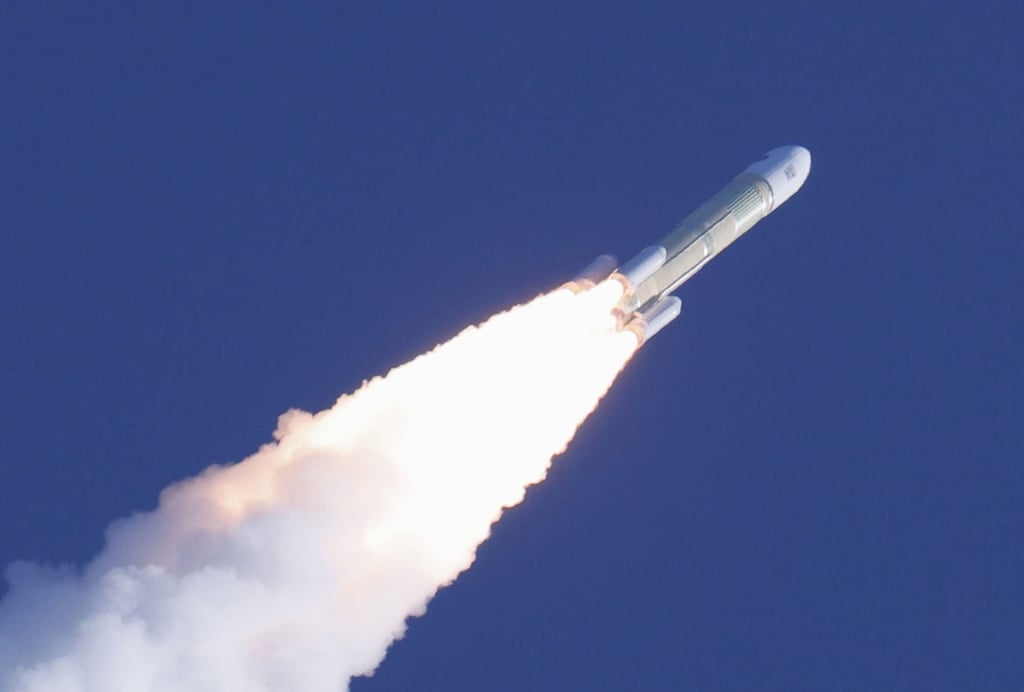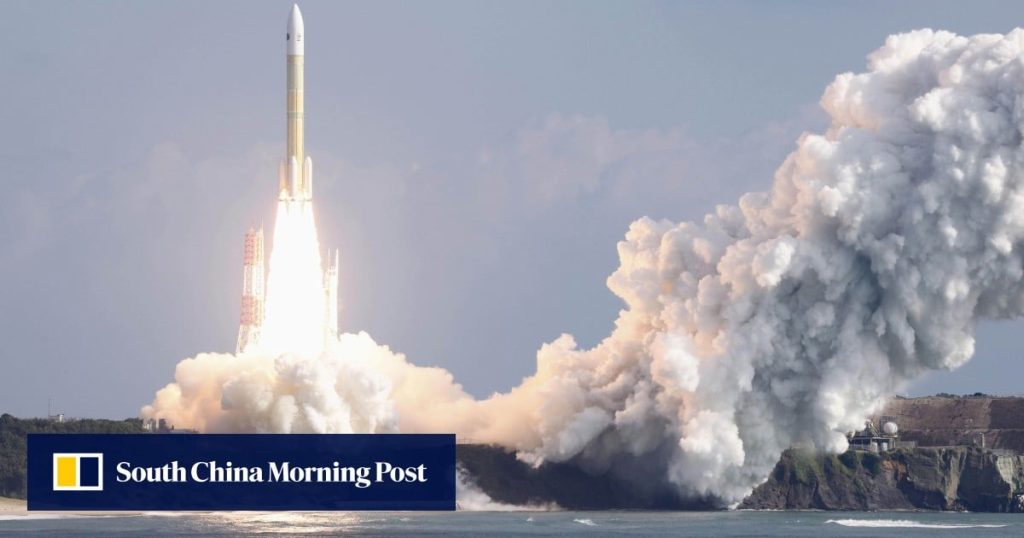The spacecraft was launched from the Tanegashima Space Centre on Sunday, carried by an H3 rocket. It arrived at the ISS on Thursday, where it was captured by the station’s robotic arm and docked in.
On board is 4.4 tonnes of food and supplies as well as scientific research materials that will be delivered to the ISS.

The spacecraft will remain berthed at the space station for about three months. After that, it will serve as a flying experimental platform in low-Earth orbit “for exploitation of future space technologies” for up to 18 months, according to the Japan Aerospace Exploration Agency.
It will then be destroyed when it re-enters Earth’s atmosphere and burns up.
The HTV-X is also carrying infrared sensors deployed by Japan’s Ministry of Defence, which has said will be used to monitor the activities of a hypersonic glide vehicle, or HGV, flying at least five times the speed of sound.
The ministry earmarked 3.8 billion yen (US$24.7 million) in last year’s defence budget for the project, which it said would use the “space experimental platforms” of Japan’s new space station resupply vehicle, the HTV-X, to detect and track an HGV.
According to Japanese media reports, a projectile will be launched that simulates a hypersonic missile near Japan to evaluate how well the HTV-X’s infrared sensors can detect and track the projectile’s heat signature.


